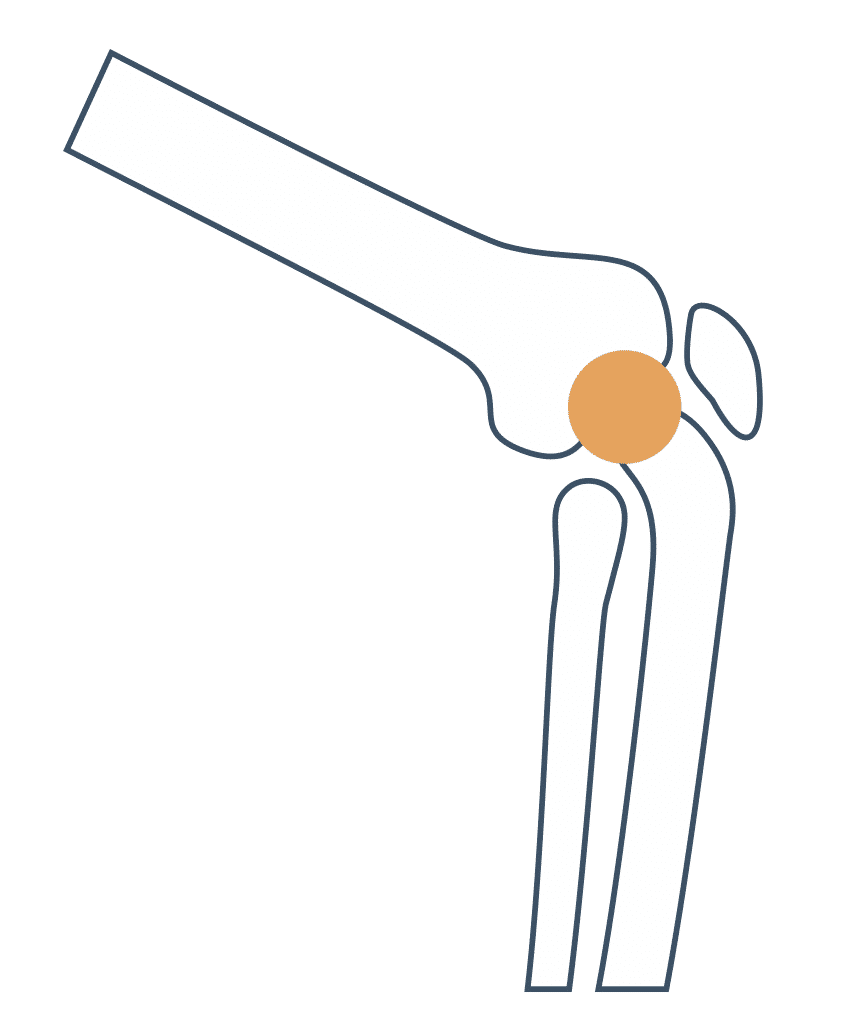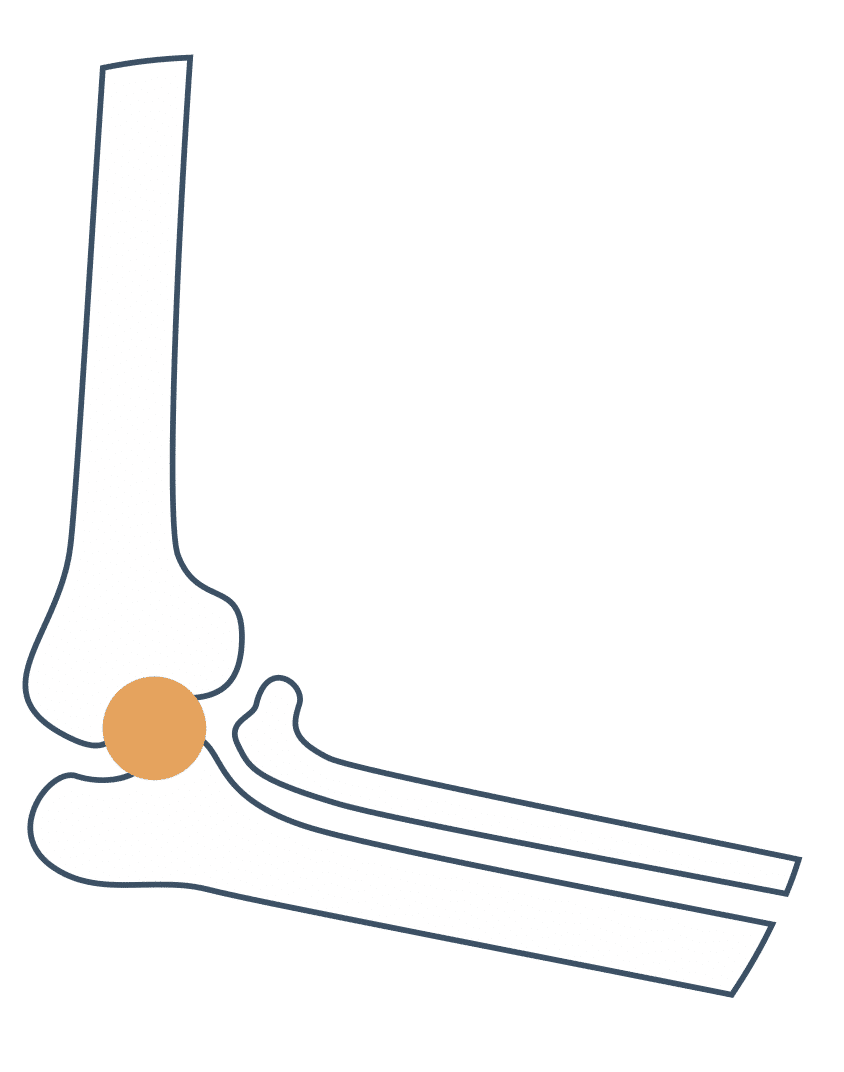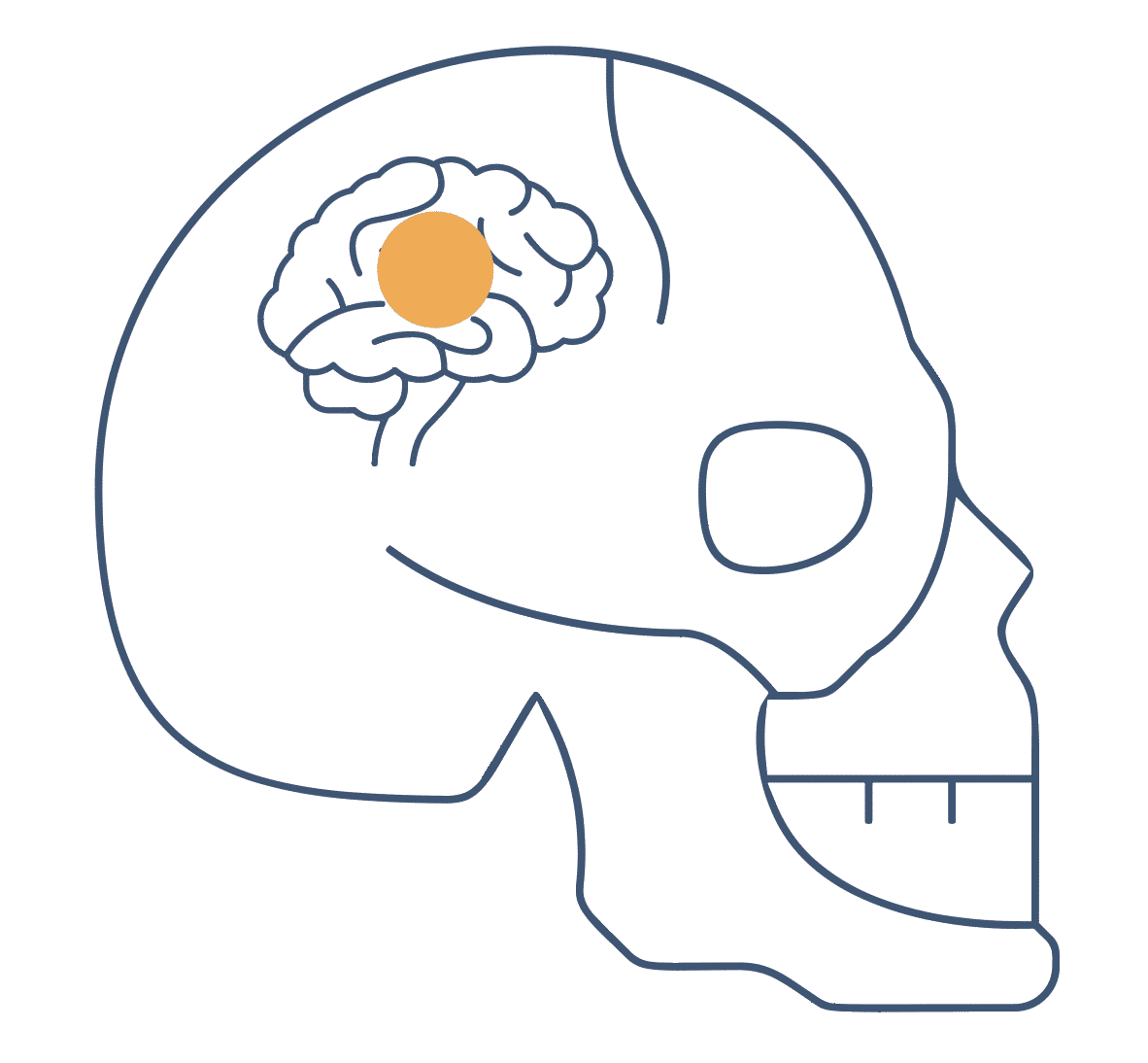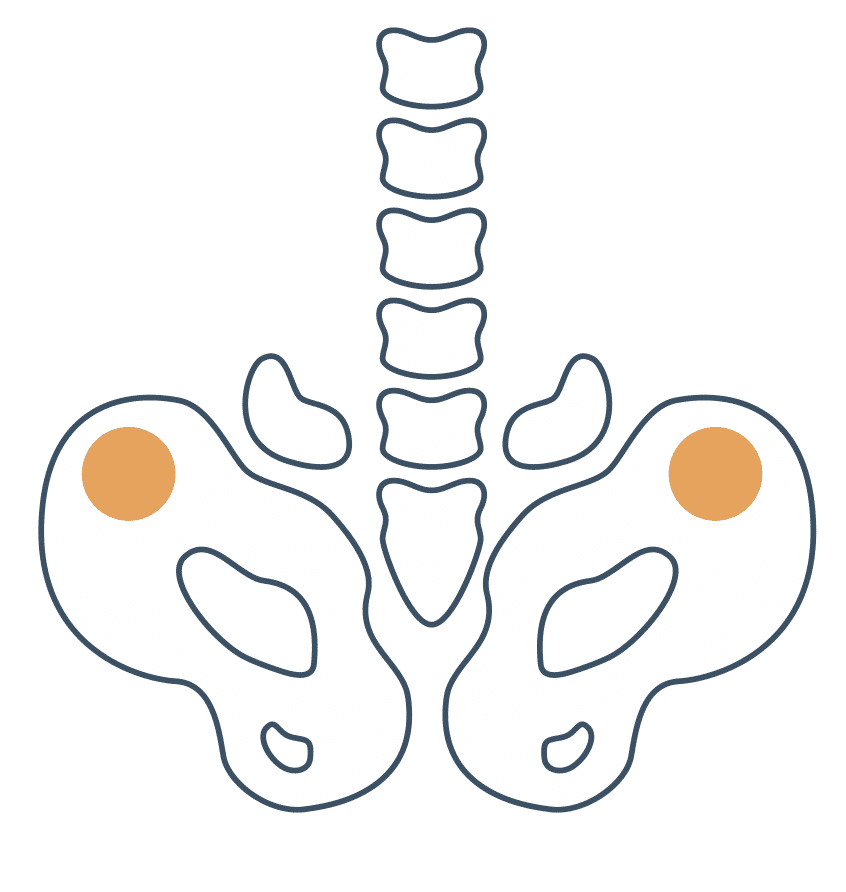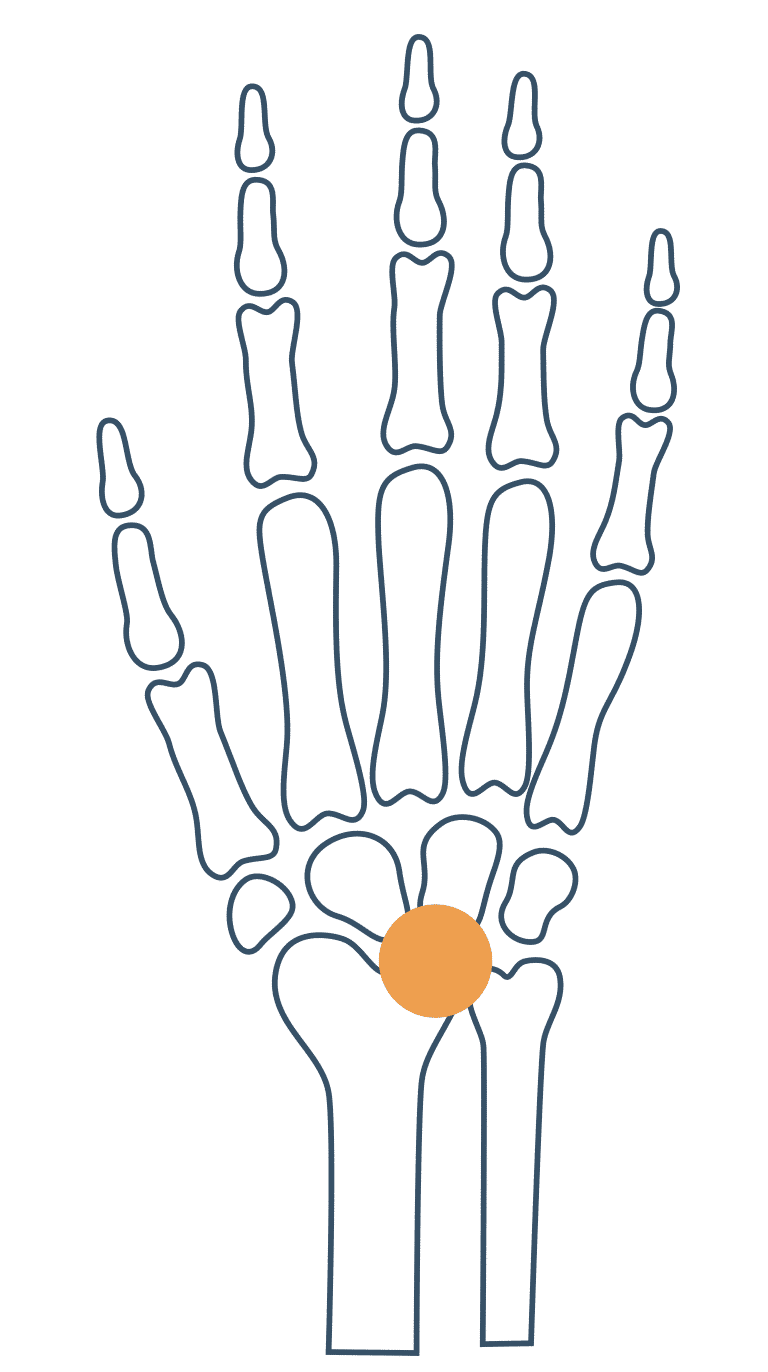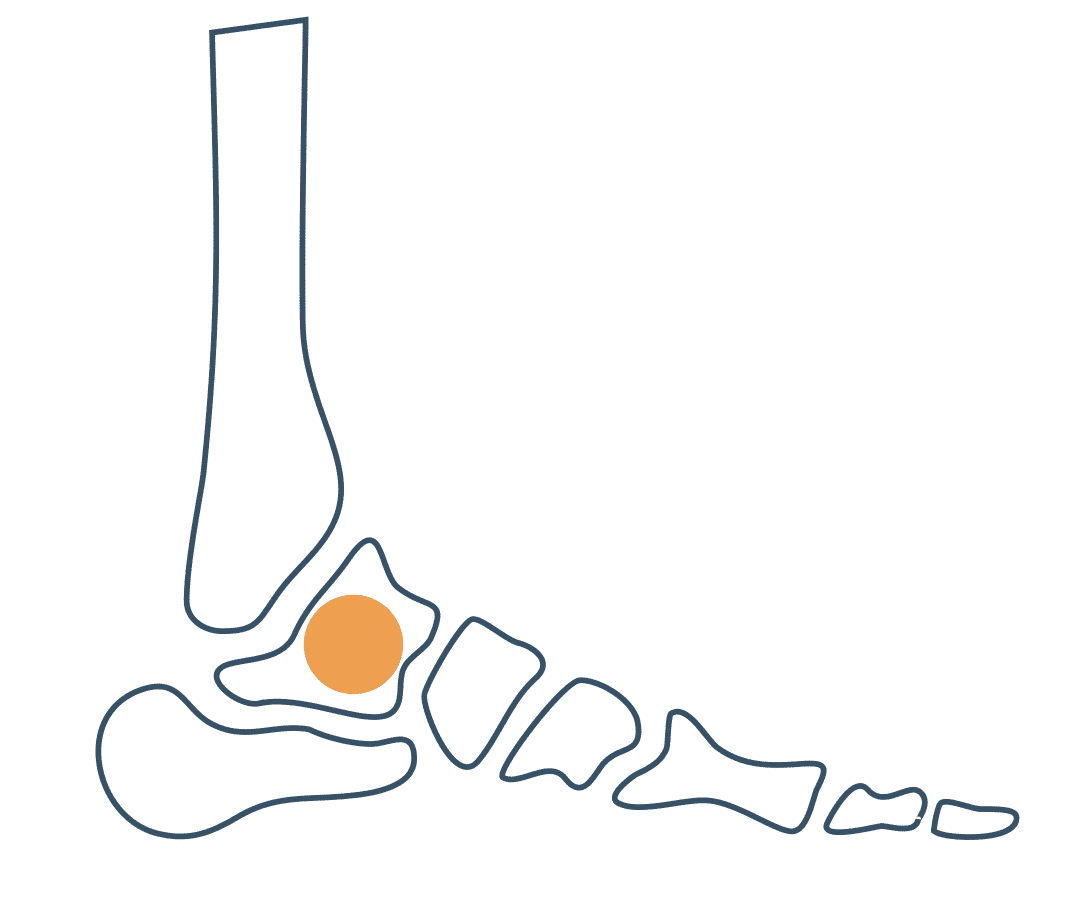Hip lameness: causes, associated pathologies and treatments
Lameness is a gait disorder that can have a major impact on a sufferer's daily life. In this article, we take a look at the causes of gait lameness, the pathologies that can induce it and how the Allyane method can help.
Hip lameness: what causes it?
Lameness refers to a difficulty in walking caused by instability in stepping. There are three main causes of lameness:
- an analgesic cause: the pain provokes an evasion of the step;
- muscular insufficiency, often induced by damage to the gluteus medius (Trendelenburg lameness) ;
- unequal length of the lower limbs.
What are the different hip pathologies that can cause a walking limp?
Hip pathologies that can lead to walking lameness are many and varied. They include
- neurological damage (paralysis, hemiplegia following stroke, etc.);
- traumatic injuries (fractures, sprains, etc.);
- surgical sequelae (hip prostheses, ligamentoplasties, etc.), pubalgia...).
What can be the consequences of hip lameness?
Hip lameness has major functional repercussions. It can, for example, reduce a person's walking perimeter and thus their independence. It can also have repercussions on simple activities of daily living, as well as on the social life of the sufferer.
Contact an Allyane practitioner
Hip lameness and Allyane method
The Allyane neuromotor reprogramming method effectively works on pelvic stability, in particular by focusing on recruitment of the gluteus medius, a muscle essential for frontal pelvic stability.
Our method also has a lasting effect on the horse's posture. Indeed, in lameness, and more generally in hip pathologies, it is essential to work in 3 areas:
- maximum hip mobility;
- fighting the pain caused by lameness;
- work on pelvic stability.
Do you suffer from gait lameness and would like to benefit from a neuromotor reprogramming session? Don't hesitate to contact an Allyane practitioner near you!
Would you like to find out more about these pathologies, how to treat them and/or become a certified Allyane practitioner? Discover our training offers
You suffer from walking lameness and would you like to benefit from an Allyane session?
You would like to know more about these pathologies, how to treat them or make a diagnosis ?
The Allyane method
Addressed motor difficulties
Find below the other pathologies treated by the Allyane method.

Video analysis and assessment of your motor skills

Definition of the treatment plan with your Allyane certified practitioner

Neuromotor reprogramming



